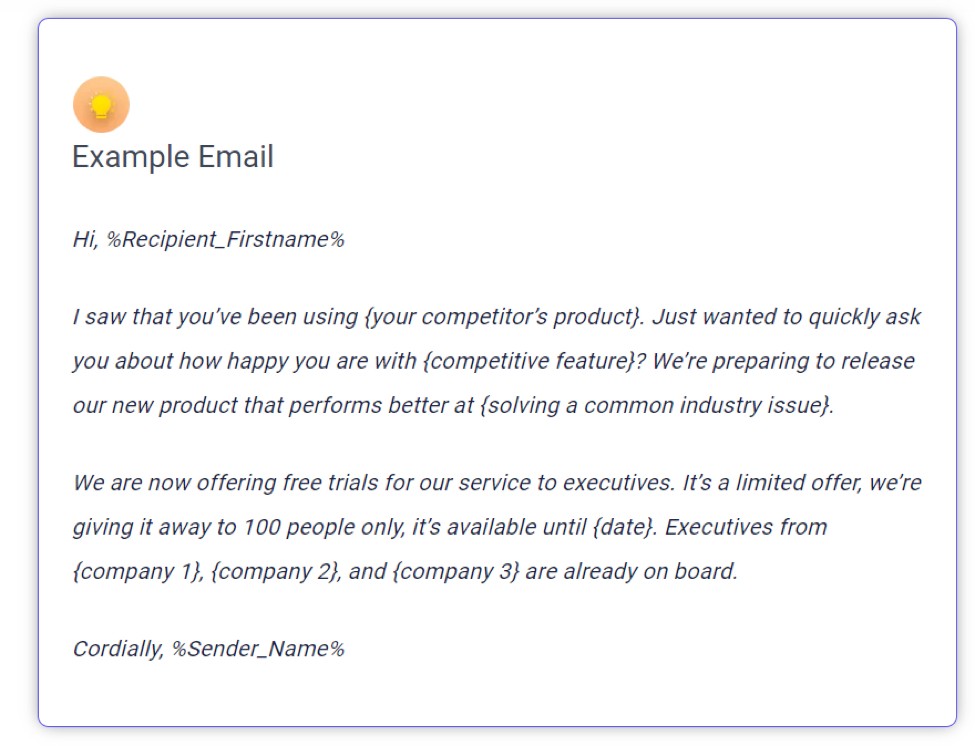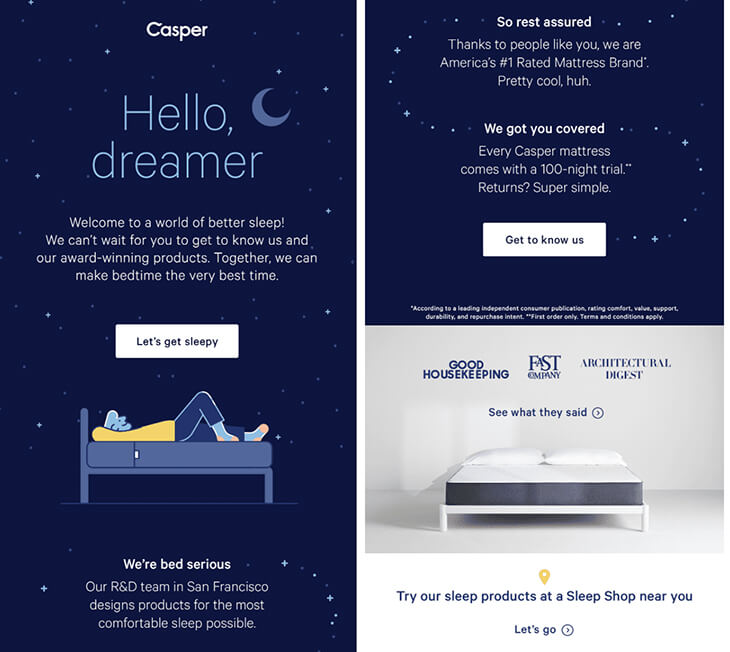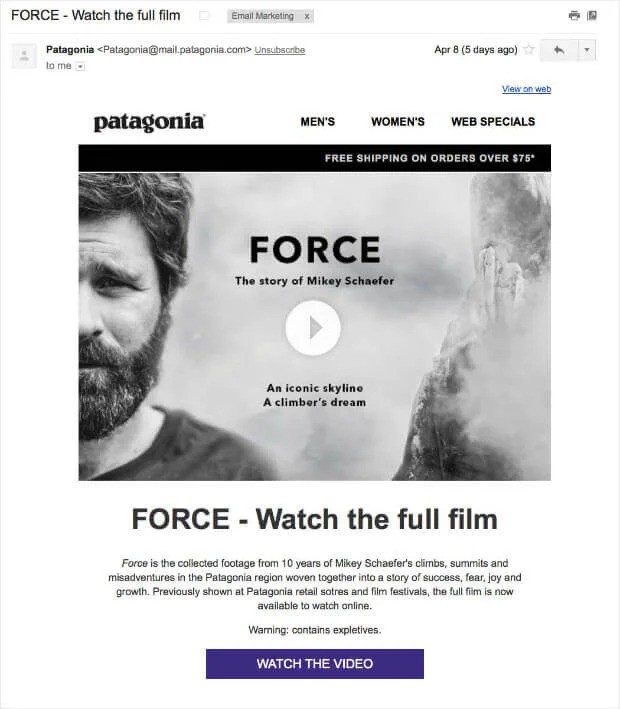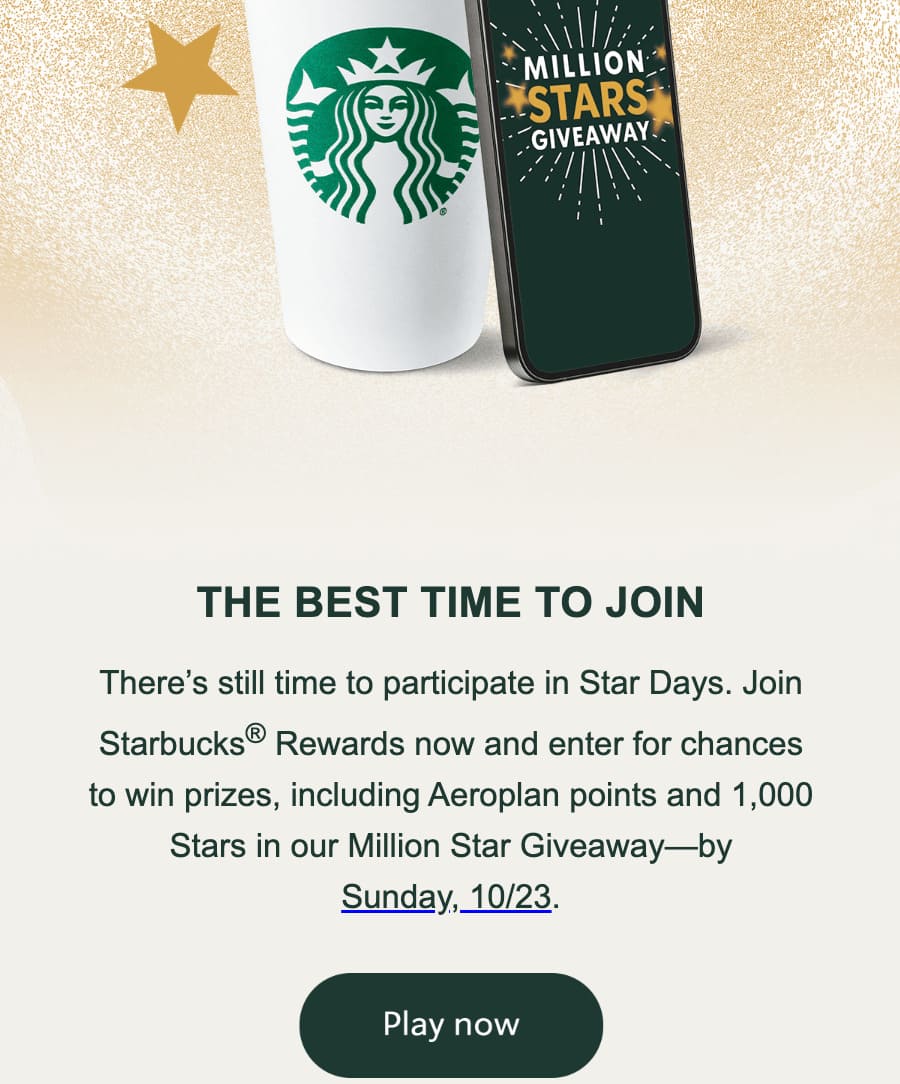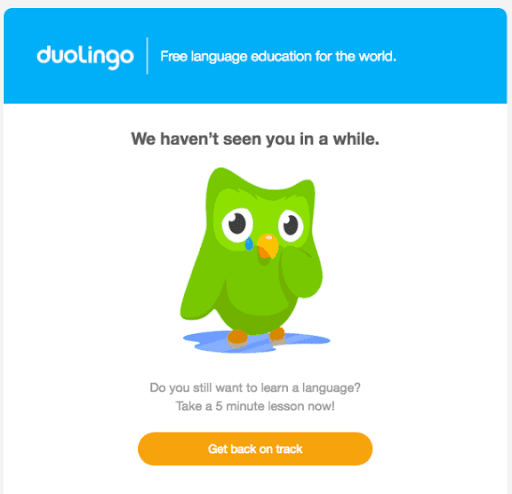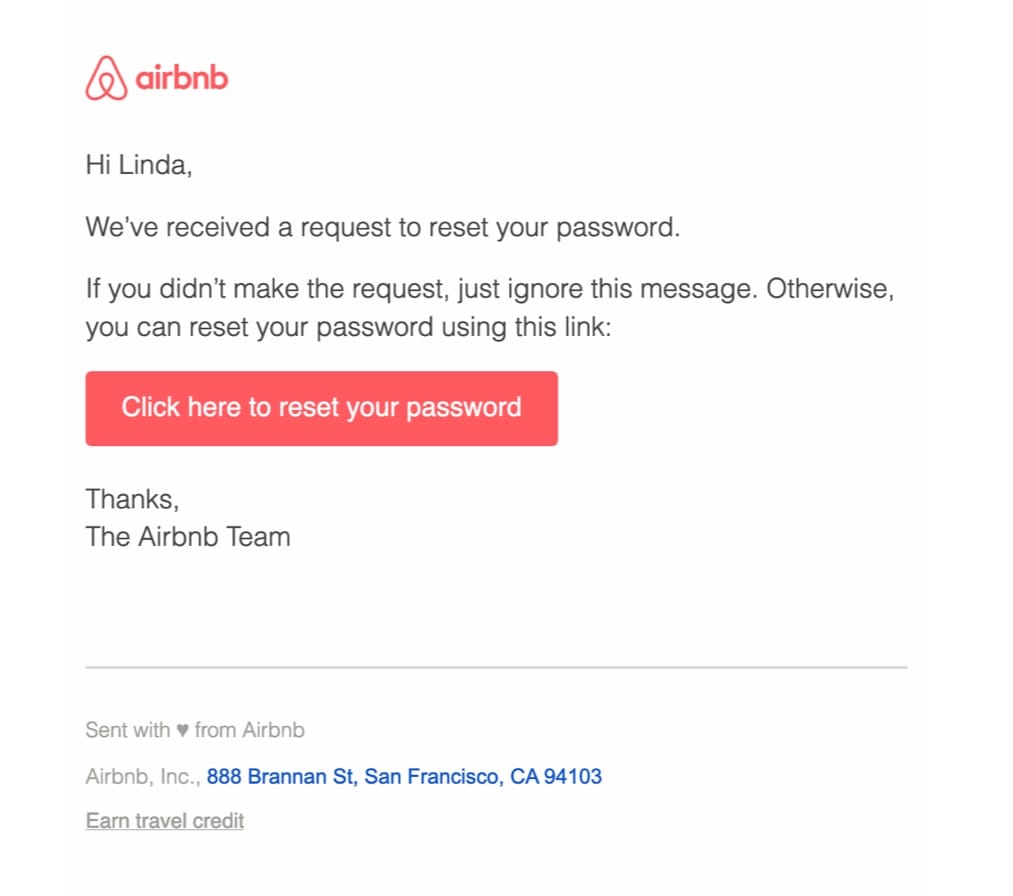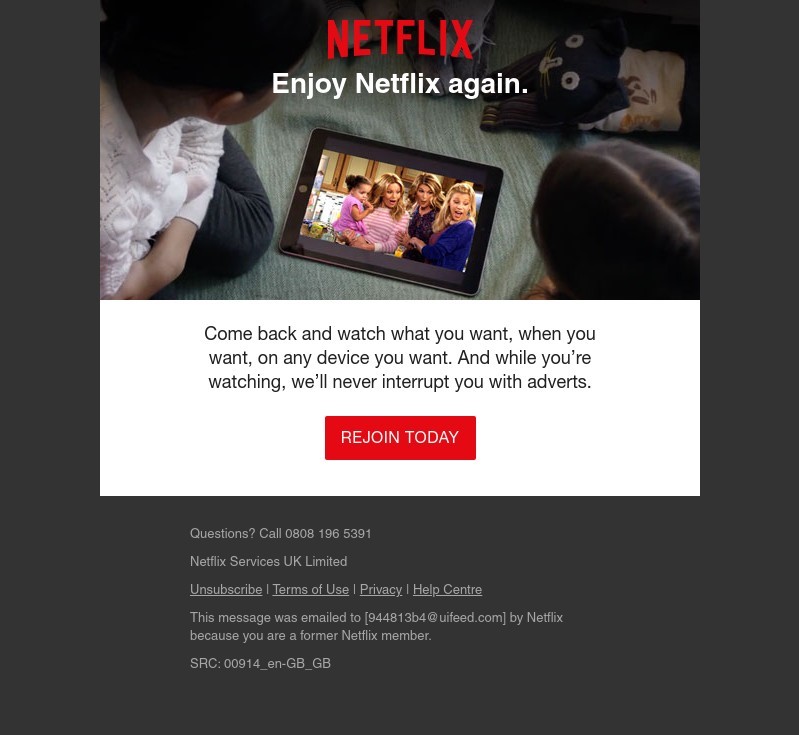Jumping into email without a plan is like driving without a map. You’ll move, but not toward your goals. Here are the essentials every beginner should nail first:
1. Know Who You’re Talking To
If you don’t know your audience, you’re guessing. Check reviews, talk to your sales team, or even run a quick survey. The better you understand what your audience cares about, the easier it is to write emails they’ll open.
Pro Tip:
Build your first customer persona (age, goals, frustrations). Every subject line should speak to that person directly.
2. Pick the Right Tool (Not Just the Cheapest)
There are plenty of tools like
- Mailchimp,
- Klaviyo,
- HubSpot.
Don’t chase shiny features; pick one that fits your goals and feels intuitive for your team.
3. Set Goals That Match Your Bigger Picture
Do you want to:
- Drive more sales?
- Grow your subscriber list?
- Recover abandoned carts?
- Build partnerships?
Without a clear goal, you won’t know if your emails are working.
4. Build Your List the Honest Way
Resist the shortcut of buying lists. Not only do they tank your deliverability, they break trust. Instead, offer value in exchange for sign-ups:
- Discounts
- Early access
- Free guides
Warning: Always use permission-based opt-ins. A spam complaint today could blacklist your domain tomorrow.
Remember, your list is your biggest asset. Once it’s burned with spam complaints or fake contacts, there’s no reset button. Protect it from day one.
5. Segment Early (Even If It’s Simple)
You don’t need advanced AI segmentation on day one. Just start with:
- New subscribers
- Returning customers
- Inactive users
This small step makes your emails feel personal from the start.
6. Start with One Helpful Flow
Your first flow? A welcome series. Thank the subscriber, share your story, and give them a reason to stay. First impressions matter.
7. Use Automation to Help, Not Just Sell
Behavior-based emails (like reminders or follow-ups) feel like customer service when done right. That’s automation that adds value.
8. Test Small Changes
Change one variable at a time: subject line, CTA, or send time. That’s how you know what’s working.
9. Balance Data with Instinct
Open rates, CTR, and conversions matter. But don’t ignore softer wins like replies or conversations.
10. Final Thought
Strong email strategies aren’t built overnight. They come from consistency and small, intentional improvements.

